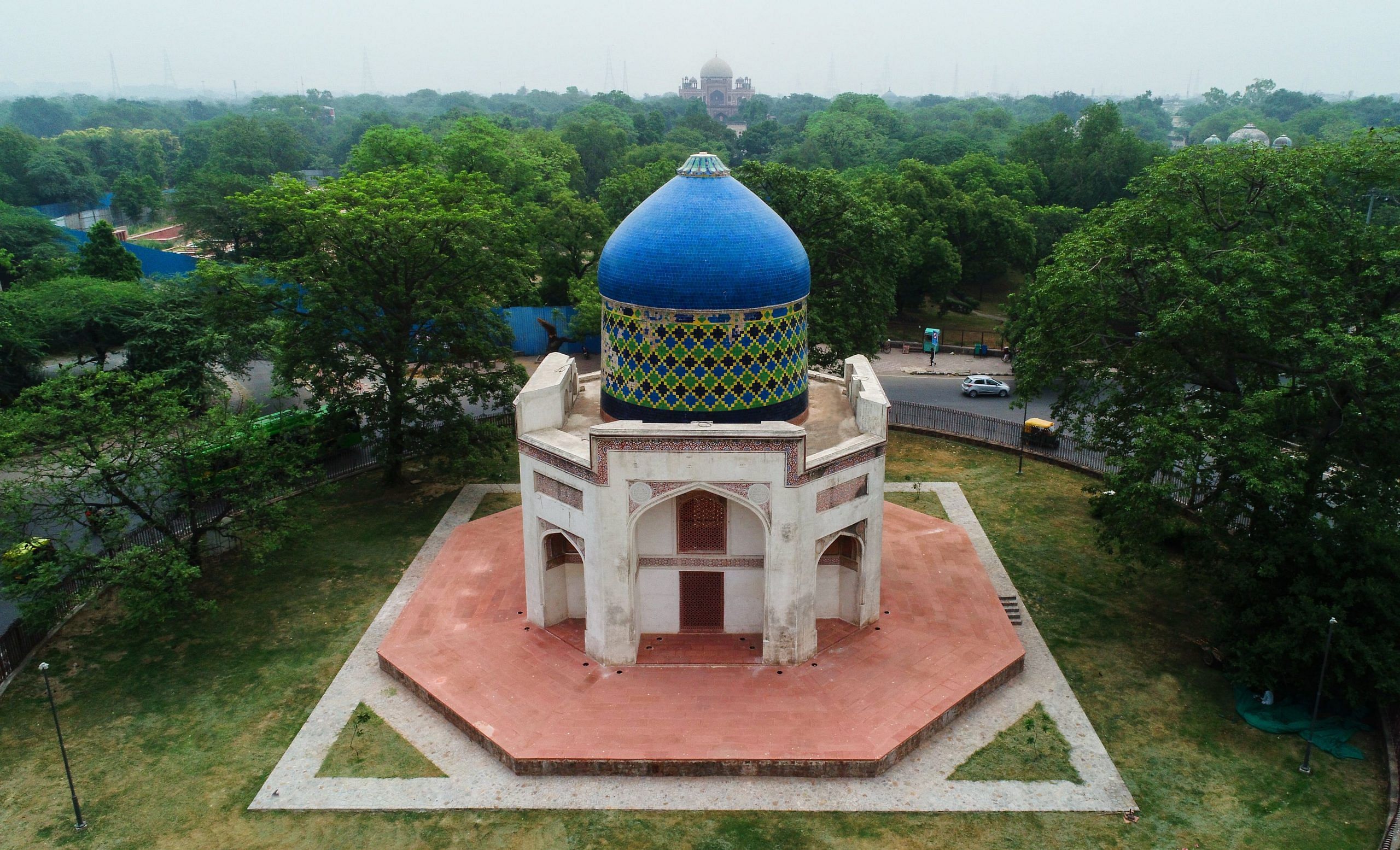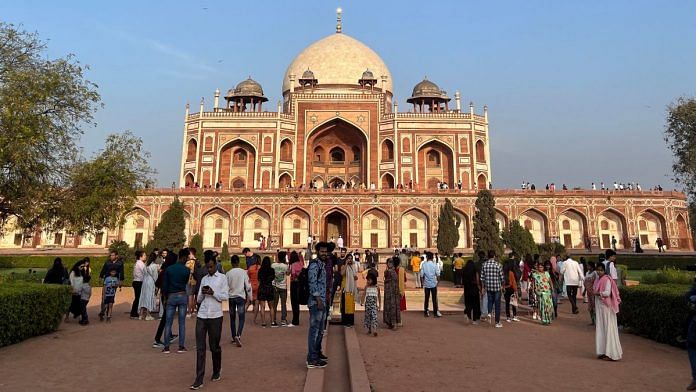New Delhi: Humayun is the Mughal Emperor without an identity. He doesn’t have Shah Jahan’s flamboyance, Akbar’s administrative brilliance or a wife who looms large. He lurks in the shadows of the great Mughals, always in the background of history. And art and architecture historian from Austria, Ebba Koch, wants to correct this.
Her book, The Planetary King: Humayun Padshah, Inventory and Visionary on the Mughal Throne, transfigures the persona of the second Mughal king, opening her readers up to a world of cosmic wonder.
“Humayun had a deep engagement with astronomy. He wanted to build a utopian society favoured by the heavens,” said Koch at the launch of her book at New Delhi’s India International Center on 6 March.
The stars were not an interest, but an obsession and a way of life for Humayun. His court was organised based on the planets. The colour of his robes depended on the planet. He dressed each day in “planetary colours.” The quarters of each of his seven daughters were also arranged in planetary formation. And Humayun visited them accordingly.
Koch showed photographs of a not-so-ordinary carpet used in Humayun’s court to the audience. It had a cosmogram, yet another representation of the planets. It is a riot of colour, a rainbow of concentric circles. But, “he [Humayun] is the main planet, the planet of the sun,” said Koch, who is a professor at the Institute of Art History in Vienna.
The cosmogram served a dual purpose— it was also used to play a ‘game of dice.’ To explain the game, Koch compared it to a modern equivalent, Twister, a childhood favourite governed by the placement of dice on a circular surface. Called the carpet of mirth, it followed the customs and traditions of ordinary life, said Koch. Moreover, it was also a game where victory was sacrosanct.
History remembers Humayun as subpar on the battlefield, a notion historians have disproved through recent studies .Koch carves his intellectual prowess into his fighting abilities, making his ‘weakness’ an unlikely theory.
Humayun also surrounded himself with an enviable group of generals, diplomats, mathematicians and astronomers, whose counsel he sought. Koch called him a maverick who fought convention, not a weak leader.
Also read: She was the first woman builder in Mughal rule and gave Delhi Humayun’s Tomb
Sabz Burj—a geometric marvel
Koch established Humayun as a ruler whose fixations were first and foremost intellectual, besotted by numbers and geometry. The 79-year-old historian is an undeniable authority on Medieval architecture. Her previous work includes The Complete Taj Mahal, Mughal Art and Imperial Ideology, and Mughal Architecture: An Outline of its History and Development (1526-1858) and weaves Humayun’s mathematical mind into the structures of the monuments he commissioned – moveable palaces and bridges, floating bazaars and gardens, and boat palaces.
The idea of the floating palace had a profound impact on Akbar as well, which is visible in paintings from his time.
“If we study Humayun’s library, the so-called Sher Mandal at Purana Qila and the Sabz Burj, we find that Humayun’s architecture was very ornate and built with geometric precision in a central Asian or Timurid style but incorporating Hindustani material and motifs,” said Ratish Nanda, Conservation Architect and CEO at the Aga Khan Trust for Culture.
“In both these buildings, painted ceilings, fine incised plaster, stone carving, use of glazed ceramic tiles is employed to create splendour. Similarly, Humayun’s enclosure at Amir Khusrau’s grave is beautifully carved with varied patterns of the stone jallies,” he added.
The design of Humayun’s Tomb also evolved from the floating palace. It has been expressed as per his thinking and is “a highly complex geometric design,” said Koch. It makes sense that Humayun is buried here, as Koch called the tomb nestled in the modern-day neighbourhood of Nizamuddin “a posthumous realisation of his ideas and dreams.”

Sabz Burj, a tomb constructed by Humayun for his mother in the Nizamuddin complex, beside his tomb, glimmers with turquoise blue tiles. The monument gets its name from the glazed green tiles, which originally covered its dome. It is a geometric marvel, with perfectly proportionate pishtaqs framing its arches under a dome as its crowning glory. Sabz Burj was restored by the Aga Khan Trust for Culture, to which Koch is an advisor. The restoration project took place between 2018 and 2021 in partnership with the Archaeological Survey of India (ASI) and Havells India Limited.
A detailed study of the ceiling revealed that in the 1530s, the builders had used pure gold and pure lapiz among other precious pigments in its decor.
This, in combination with the location of the mausoleum’s proximity to the Dargah of Hazrat Nizamuddin Auliya, the Timurid architectural features, the ornate tilework as well as incised plaster – led Koch to come to the conclusion that this was indeed the mausoleum Humayun built for his mother, said Nanda.
Humayun conceptualised and commissioned these complex buildings without a blueprint. And how he did it eludes Koch.
While it is assumed that Humayun would have picked up stylistic particularities from his travels to Iran and Central Asia, there is a lot left to ponder.
“To take the usual and create the extraordinary, we must go back to him and ask how it was planned and executed,” laughed Koch. By the end of Koch’s lecture, Humayun was no longer bereft of identity.
(Edited by Ratan Priya)



